The Legislative Protective Service (LPS) provides a wide range of in-house protective and security services to the Legislative Assembly of Ontario. Our employees are talented and committed to their work.
The Legislative Assembly of Ontario, being home to the democratic process in Ontario, stands as a testament to democracy. As such, its protection is paramount. The delivery of protective and security services within the legislative precinct is a commitment that LPS employees take seriously and deliver with a high level of excellence.
As a member of the LPS, you will work for an organization that embraces health and wellness, is committed to learning and development, as well as diversity and inclusion for its employees.
Hiring process
To become a member of the LPS, there is multi-step hiring process that occurs. The process includes:
- an online application
- an information session
- fitness and Behavioural Personnel Assessment Device (BPAD) testing
- a panel interview
- psychological testing
- a police background check
- orientation training
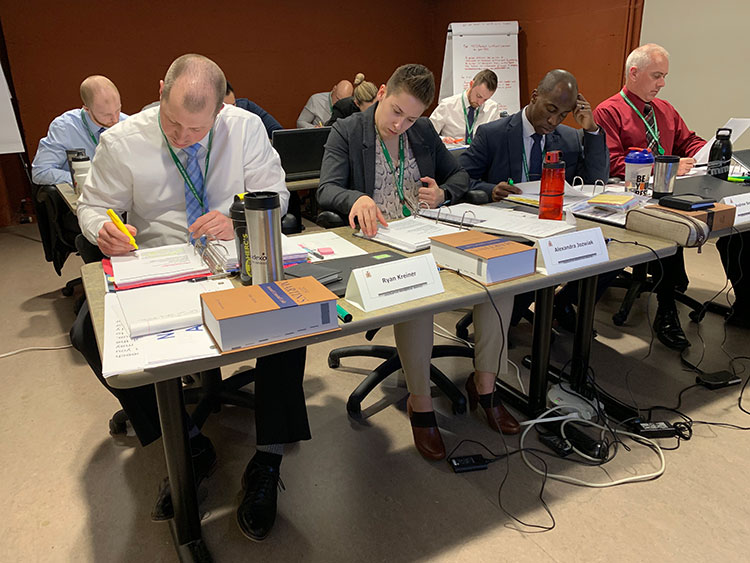
Peace Officers, Protective Service Officers, and Communications Operators are expected to perform shift work. Additionally, Peace Officers must complete all mandatory training courses and maintain their physical, tactical, and firearms proficiency.
Applicant requirements
Applicants to the LPS must:
- demonstrate physical fitness by passing the Fitness Pin test (if you have taken the Fitness Pin recently with another agency or previous LPS application, it must be completed again as part of the LPS application process)
- demonstrate excellent critical thinking, judgement, and report writing skills, in addition to other skills in Behavioral Personnel Assessment Device (BPAD) testing
- have a valid driver’s license (applicants do not require a vehicle)
Applicants do not require a Possession and Acquisition Licence (PAL) or Ontario Association of Chiefs of Police (OACP) certificate.
Please note there is no cost for the uniform, equipment, or training. Cadet training is paid and takes place at the Legislative Assembly of Ontario in the main Legislative Building (i.e., Queen’s Park).
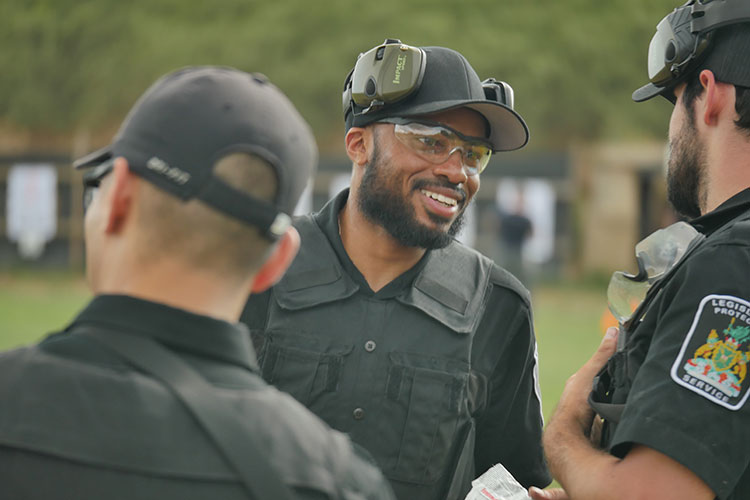
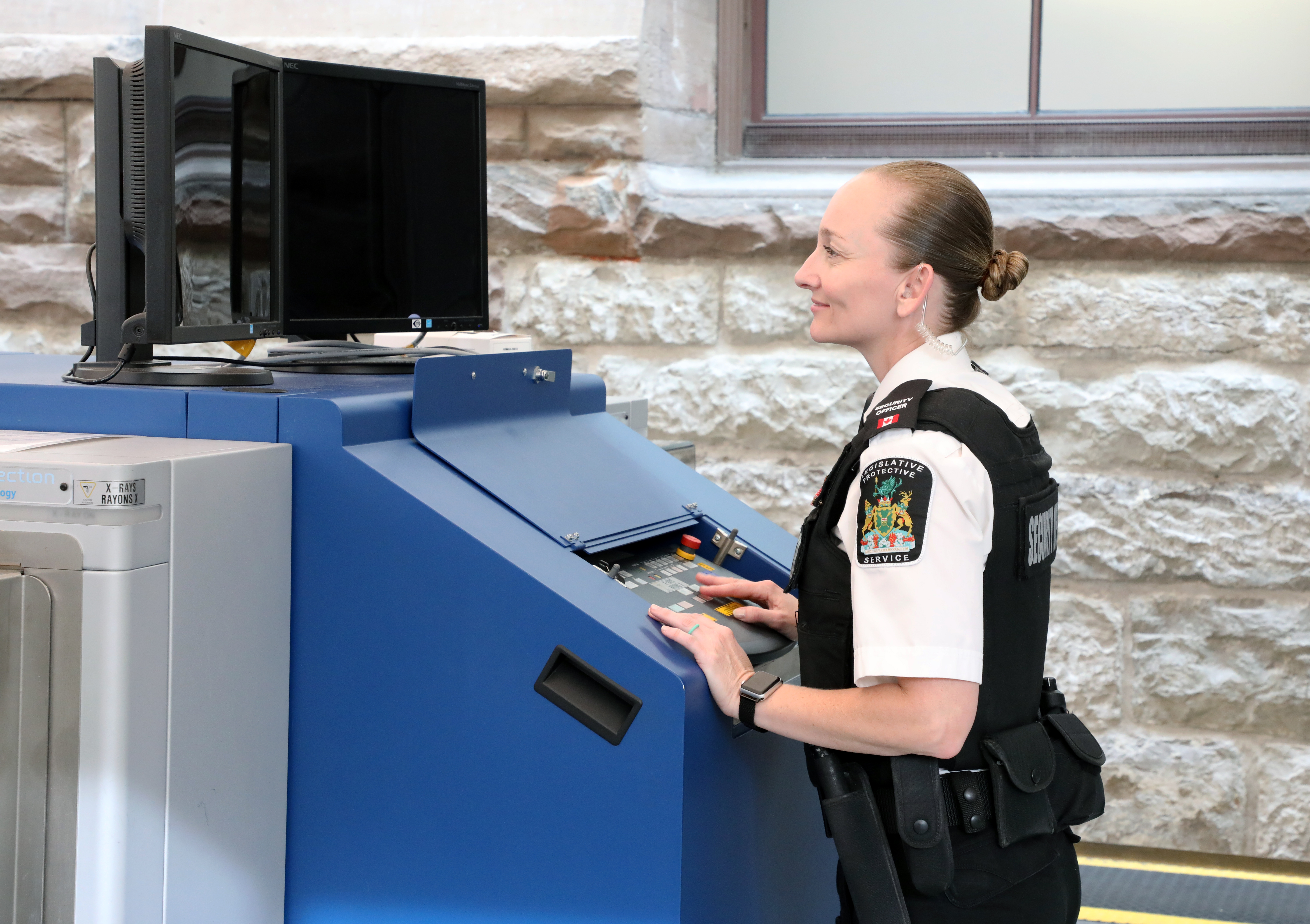
Legislative Protective Service roles
Peace Officers
The LPS is responsible for all matters with respect to the security and physical protection of the legislative precinct. Peace Officers are responsible for the safety and security of MPPs, Legislative Assembly employees, and visitors to the Legislature and the precinct. Peace Officers provide a response to prevent crime, protect life and property, preserve and maintain the public peace, and enforce and investigate violations of federal and provincial laws. Peace Officers also provide information and guidance to the public, control access to and from the precinct, and promote public safety.
Protective Service Officers
Protective Service Officers are the detection and screening specialists who ensure that all visitors are screened before entering the legislative precinct. A Protective Service Officer conducts security patrols in and around the legislative precinct preventing physical threats. They provide security services following established policies and procedures, in order to maintain a safe and secure environment in the legislative precinct, covering a 7 days per week, 24-hour rotational shift schedule.
Ancillary team opportunities
The LPS provides for numerous specialty unit opportunities for both Peace Officers and Protective Service Officers. While LPS Officers spend most of their time working at their core functions and duties, there are occasionally specialty opportunities in the following areas:
- Ceremonial Team
- Chamber Security Assistant to the Sergeant-at-Arms
- Security Audit Specialist
- Investigative Liaison Unit (Event Planning)
- ACT Member
- Training Instructor as part of the Training Cadre to assist with training involving the following:
- firearms
- methods of entry (MOE)
- use of Force
- IARD
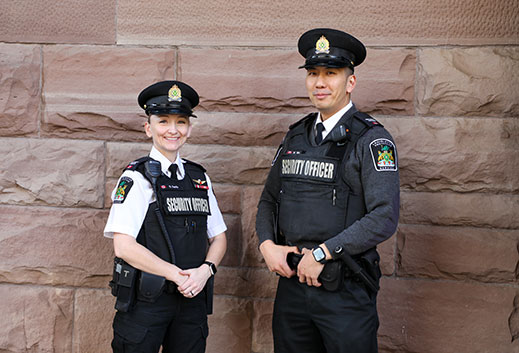
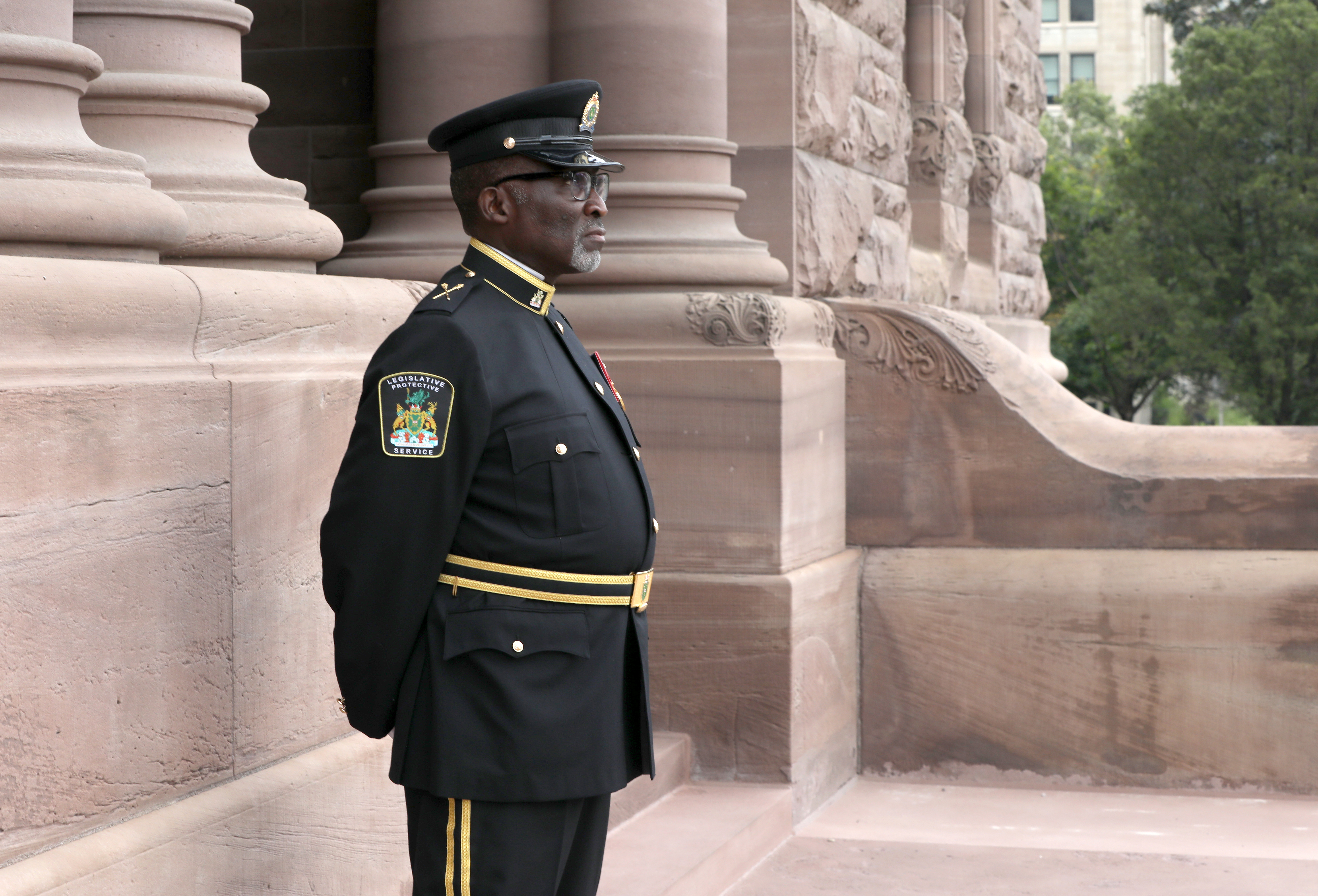
Communications Operators
Communications Operators work in the heart of the Operational Communications Centre (OCC) monitoring CCTV for suspicious activity, dispatching officers to deal with incidents, monitoring alarms and radio traffic. Communication Officers are a primary point-of-contact for all emergency and security related matters and after-hour maintenance issues and repairs, occurring within the legislative precinct.
